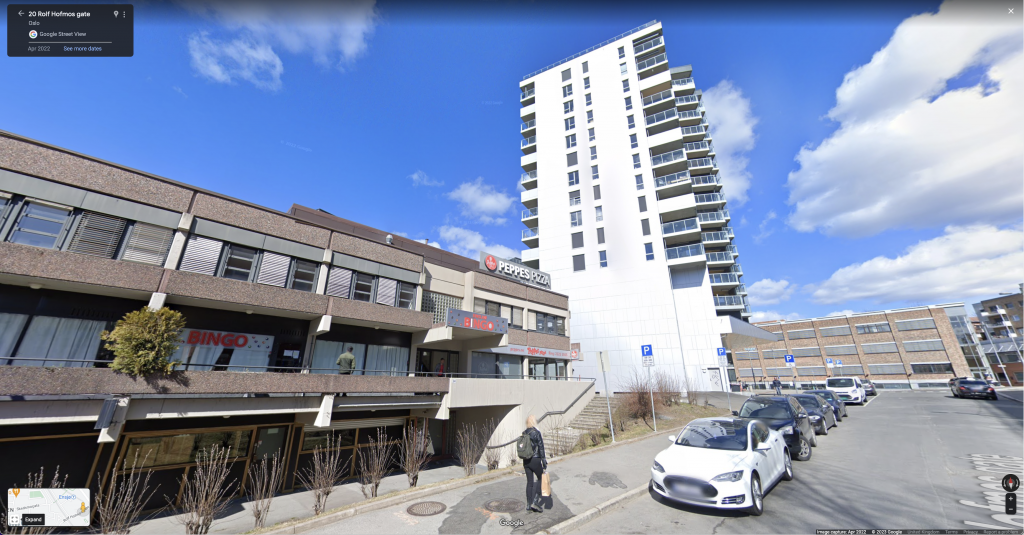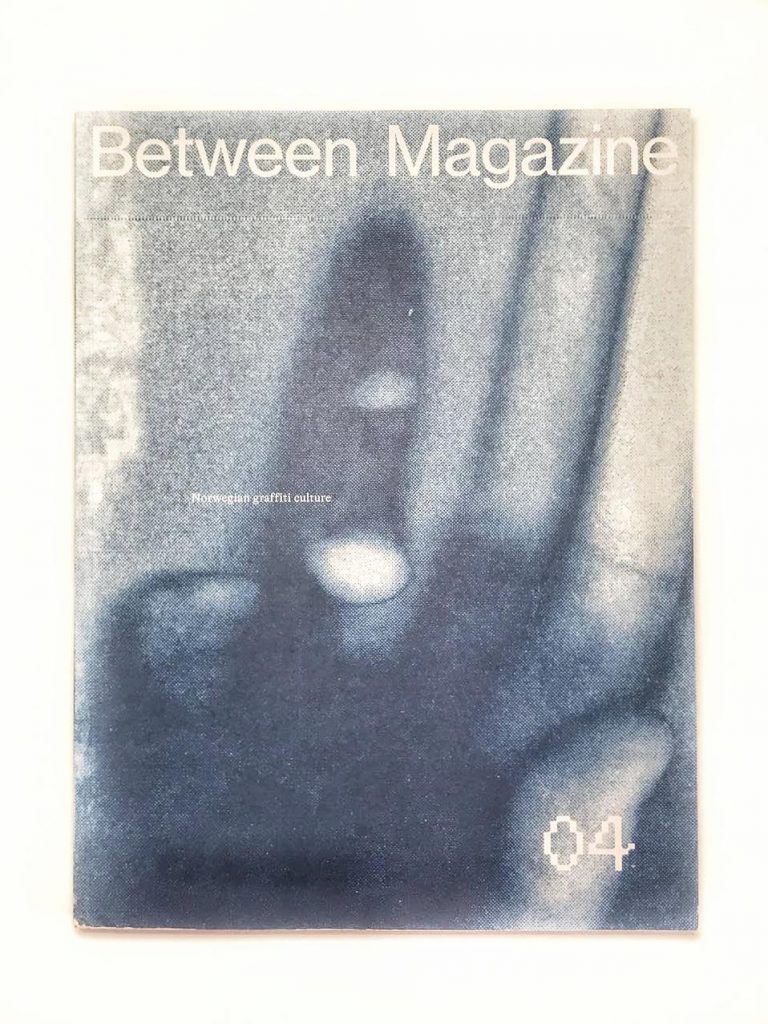I hadn’t previously read Between so came to issue four not knowing what to expect. Covering Norwegian graffiti culture, the magazine turns out to be brilliant! What have I been missing???
Following a few pages of legal walls from across Norway, the first article is an interview with Velvet conducted by Sturla Haugsgjerd. Despite being a seasoned journalist, it was obviously a challenging task for Haugsgjerd to approach his subject describing it as akin to “interviewing Charles Manson. Cosplayed as Diane Sawyer. At his graveside, 30 years after his death.” Nevertheless he attempts to break down Velvet’s reticence to talk by probing his opinion of topics ranging from the 1939 Sausage War, to the historian Stephen Kotkin. At this juncture in the interview Velvet decides he’s had enough and threatens to cut the interview short. Haugsgjerd struggles to rein in his tangential questions as the pair move onto a discussion covering Norwegian crews, the topically named Thomas Bernhard, the disappearance of hip-hop in Oslo, Martin Kippenberger, Dash Snow, street art, and various philosophers. The two seem to be speaking past each other half the time with both wondering what on earth the other is banging on about. The whole thing is very amusing.
Jan begrudgingly acknowledges that some graffiti can look nice.
The following pages are illustrated with pictures of decorated trains which then leads into another interview; this time between Yngve Sikko and a railway employee who is tasked with buffing them. Jan, as he is referred to, has a lot to say about graffiti. Which is understandable as for the past thirty years it has been his job to wipe the graffiti off Oslo’s train carriages. Having buffed thousands of trains Jan is an integral part of this endless cycle in which “graffiti writers write, the buffers buff.” Jan describes the process of removing what he describes as vandalism and the expense of this largely futile endeavour. In the case of Norway, the national rail company first began an anti-graffiti campaign in the run-up to the 1994 Winter Olympics; once again the Olympics rears its ugly head as the catalyst for graffiti crack-downs. Sikko attempts to find some common ground and, eventually, Jan begrudgingly acknowledges that some graffiti can look nice. Intriguingly, he also reveals that he has a personal stash of photos of painted trains going back several years. Comparing graffiti today from earlier in his career Jan complains that “it’s not like it used to be.” It’s always enjoyable reading these sorts of interviews with railway workers, who quite often reveal a more nuanced opinion of graffiti than might be first presumed.
Between then has a cool feature on the crew Bad Attitude whose productions include some great character-filled trains. Vikings, drunks, and a witch all make an appearance as they roll through the rugged Norwegian landscape. Further features include interesting interviews with Refuse, Oxy and Grunnvann, photo reports on Veis, Heaps and some street bombing, alongside a look back at Norwegian graffiti in the closing decade of the twentieth-century. Finally, an essay on ‘subtle resistance’ by Jon Benjamin Tallerås perhaps provides something of a riposte to Haugsgjerd’s disappointment when concluding that graffiti is not a form of capitalist critique. Tallerås takes the reader on a dérive through Oslo, beginning at a flat he used to rent where a rare “atmosphere of utopia and autonomy shrouded the building like a blanket”. Some accompanying screenshots of Google Street View invite the reader to follow him on his journey. Inevitably ‘regeneration’ and ‘progress’ have been visited upon this corner of the city and Tallerås describes his acts of sabotage against the gentrification being wreaked across his neighbourhood. His meandering amble is a way of observing this process, as well as an undertaking free from the ubiquity of consumption fundamental to almost every other daily activity. For Tallerås it is his experience as a self-described vandal which leads him to object and resist.

The content of Between is thought provoking, funny and varied. Basically there is something for everyone here whether you just want to check out the pictures or attempt some intellectual deep-dive into the mind of a writer you admire. After an apparent nine year hiatus, hopefully we’ll see another edition of the magazine soon!
